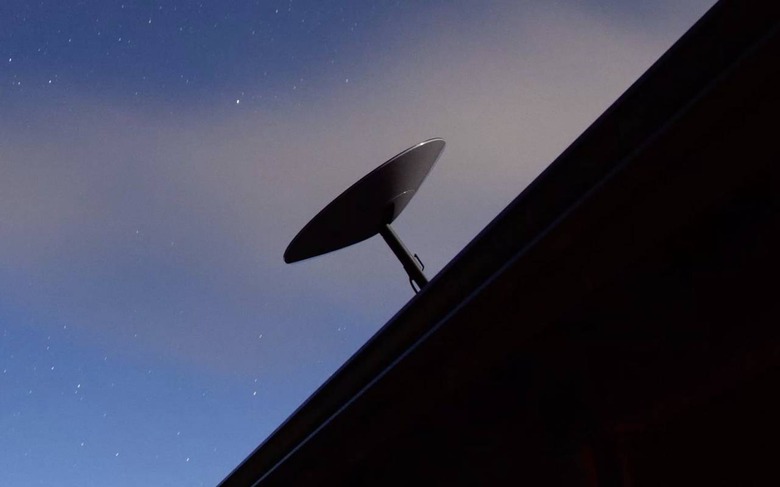SpaceX Starlink Speed Results Released After 60 New Satellites Launched
The first official speed test reports of SpaceX's Starlink satellite internet service are in, and if you doubted the potential of beaming connectivity from low orbit then you might want to think again. Currently in beta service with a number of early users, Starlink relies on a growing network of satellites and an auto-positioning dish subscribers install on the ground.
That flexibility pays dividends when it comes to coverage. One of Starlink's primary advantages is its potential to deliver high-speed internet connections to those who have traditionally been poorly-served with terrestrial options, whether that be wireless or wireline.
The lingering question, though, was whether the speed would be high enough – and the latency low enough – to make the system usable. Early leaked test results suggested that wasn't going to present an issue, and today SpaceX has revealed some initial test results of its own.

"Results from these tests have shown super low latency and download speeds greater than 100 mbps," the company tweeted today, "fast enough to stream multiple HD movies at once and still have bandwidth to spare."
The announcement came shortly after SpaceX's twelfth Starlink mission, which launched sixty more satellites into orbit. As the number of deployments has been growing, however, so too has the controversy around the system. While more accessible internet access is generally seen as a positive, the impact on the night sky is less welcome.
Indeed SpaceX has faced vocal criticism from astronomers and others about how visible the Starlink satellites are, and how that has impacted ground-based telescopes. The system relies on a significant mesh of satellites all moving in unison. However if the light hits them at the right angle, they can be all too clear, even to the naked eye.
SpaceX responded with a new design, which the company says should reduce those reflections. Nonetheless, there's frustration from some quarters about how little regulation that has been about just what can be deployed into orbit without prior considerations like future scientific research.
Starlink service is currently being trialled in certain areas of the US by group of beta users. They receive both an automatically-positioning satellite dish, and a wireless router to distribute the internet connection inside, the two parts connected via a wire. Full service is yet to be switched on, or pricing for the eventual commercial launch confirmed.
